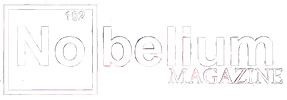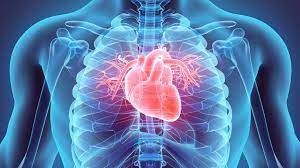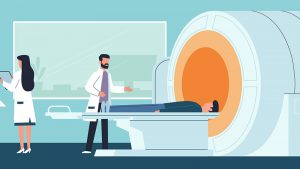In 1846, scientist Ascano Sobrero synthesized the compound nitroglycerin (C3H5N3O9). The importance of this discovery lay in nitroglycerin’s ability to maintain a combustion reaction (SciShow, 2017). The typical structure of a combustion reaction is a hydrocarbon reacting with oxygen gas, which produces carbon dioxide and water:
CxHy(s) + O2(g) → CO2(g) + H2O(l)
In combustion, oxygen is an oxidizing agent. An oxidizing agent becomes reduced in a reaction by accepting electrons. Nitroglycerin has three nitrate groups (NO3) surrounding the molecule. Sobrero discovered that these three nitrate groups act as combustible oxidizing agents. Therefore, as long as the reaction is initiated, nitroglycerin can sustain the reaction without additional oxygen. However, Sobrero’s form of nitroglycerin was unstable, creating unpredictable explosions, until the Swedish chemist, Alfred Nobel, increased its stability in 1866 with a detonator. He called his new invention “dynamite” (SciShow, 2017).
Interestingly, while working in dynamite factories, workers experienced relieved chest pain. No health benefits relating to nitroglycerin had been proven prior to this. Previously, Sobrero tasted some nitroglycerin, and all he got was a massive headache—not an alleviation. Since technology was very primitive during this time, scientists could not explain the mysterious healing effects occurring in the factories (SciShow, 2017). It was not until the next century that scientists were able to determine the mechanism for this phenomenon.
When nitroglycerin enters your bloodstream, its nitrate groups are converted into nitric oxide (NO). In the blood, NO acts as a therapeutic vasodilator (Ignarro, 2014). A vasodilator is a medicine that relaxes the muscles in your blood vessels, allowing them to dilate and open, which keeps arteries and veins from narrowing and creating high blood pressure. This dilation of blood vessels creates more blood flow by easing blood through blood vessels, which helps relieve angina pectoris or chest pain usually caused by coronary heart disease (Vasolidators, 2022). The presence of NO also explains why Sobrereo got headaches in the 1800s: since pressure is also relieved in the cerebral artery, more blood will flow toward your brain and cause a headache(Nitroglycerin, 2019). With this discovery, doctors now commonly prescribe nitroglycerin to help with chest pain and heart disease.
However, considering people are consuming the same molecule that is in dynamite, why do we ourselves not combust and explode when we take a nitroglycerin pill? Nitroglycerin pills contain extremely small doses of nitroglycerin. Also, nitroglycerin is mixed with a bunch of inert materials, materials that will not biochemically or physically transform in a reaction or mixture, which further dilutes the nitroglycerin. This dilution of nitroglycerin’s small dosage eliminates the possibility of combustion and minimizes symptomatic headaches like the ones Sobrero experienced (SciShow, 2017).
In conclusion, nitroglycerin has a dual purpose: explosives and medicine. While it was originally discovered and experimented on as an explosive because of its ability to sustain a combustion reaction, pain-alleviating symptoms arose in dynamite factories and led to its use in medicine as a reliever for chest pain. The duality of nitroglycerin, ironically, has the capacity to kill and save lives.





